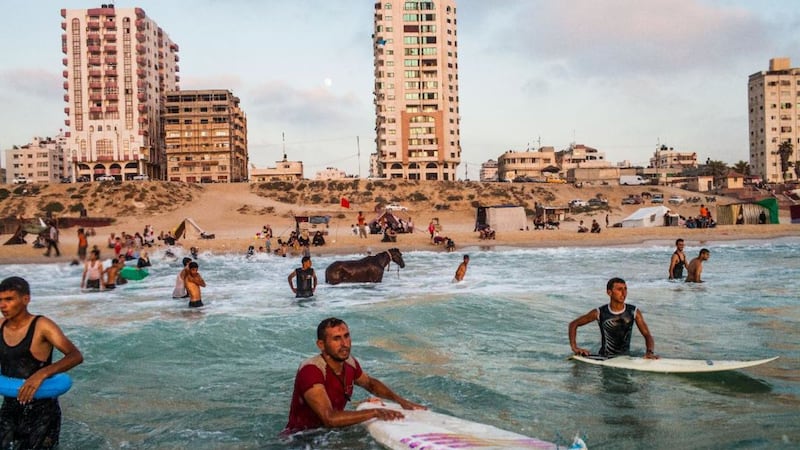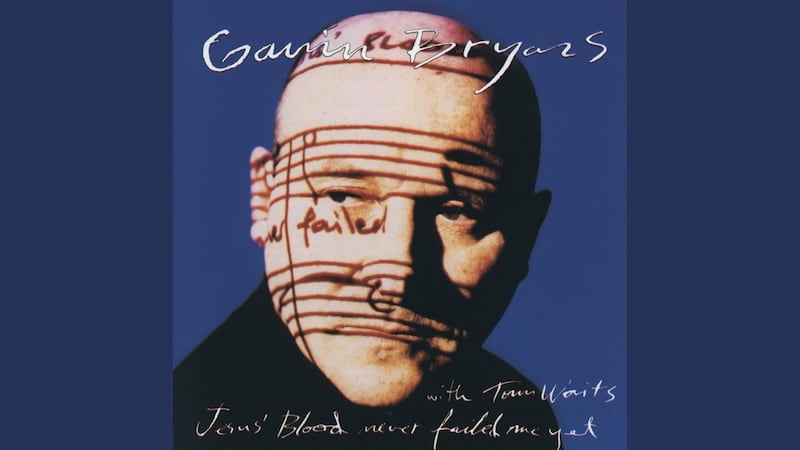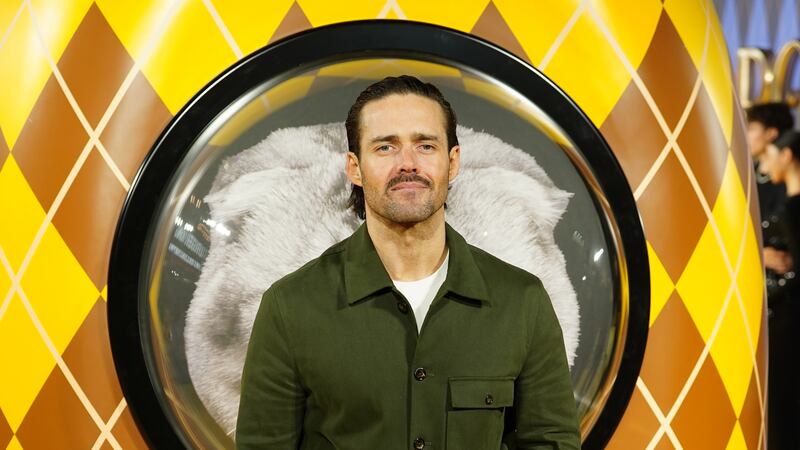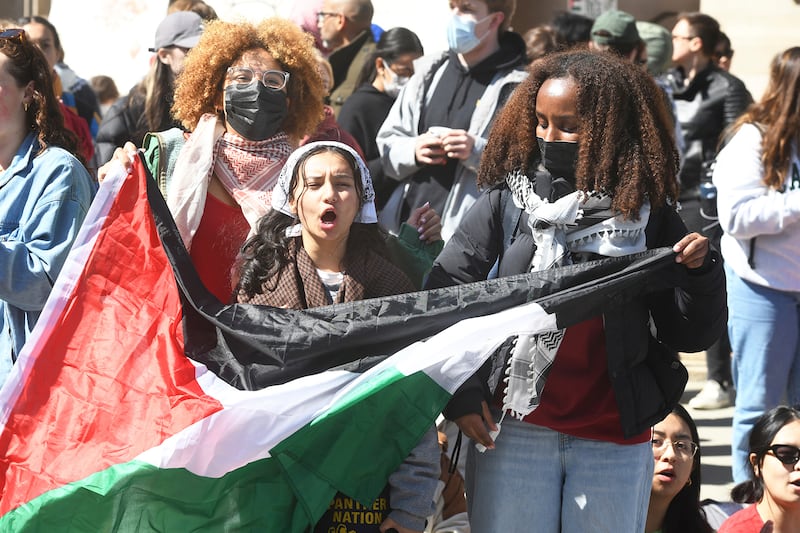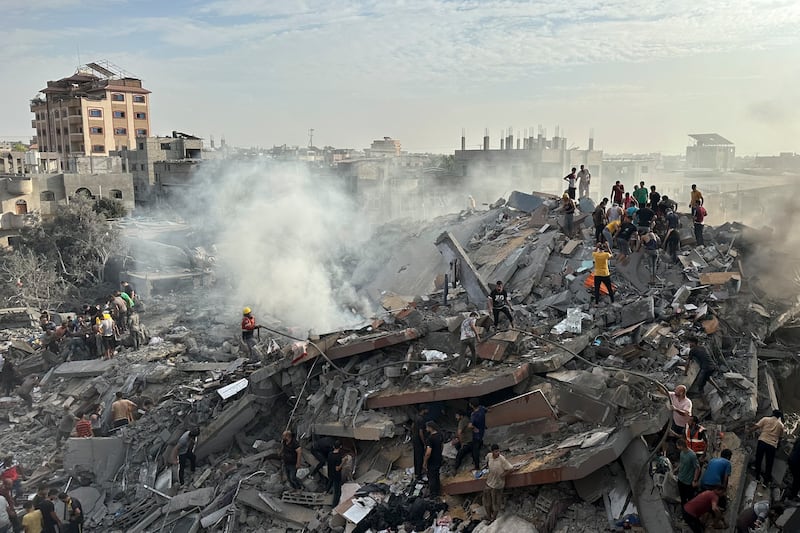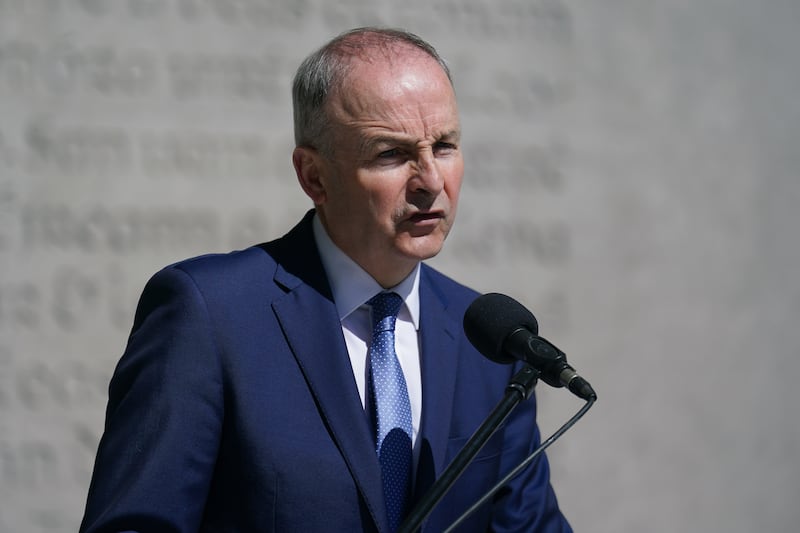The inaugural Docs Ireland film festival came to an end last night with the screening of the hauntingly beautiful Irish-made documentary, Gaza.
There are many images that come into our heads when we hear that place-name.
Usually, we internalise these images from the things we see on television - the airstrikes, pulverised buildings, the funerals and the bloodcurdling keening of distraught mothers for their murdered children.
We in the west seem to have a one-dimensional understanding of this strip of land, 25 miles long and between 3.7 to 7.5 miles wide, home to almost two million people.
It’s as if we had a child’s crayon drawing as a guide, but thankfully, two Irishmen, Donegal-born Garry Keane and Andrew McConnell from Fermanagh, that child’s drawing has been turned into a beautiful, if distressing work of art in their new film, simple entitled Gaza.
The place-name comes from the Hebrew and probably means ‘a strong city” according to an article in dictionary.com.
In the film, we get to meet and to know a variety of Gazans and we see that strength that is mentioned in the place-name alongside the vulnerability, the bravery, the sorrow and the hope tempered by the bloody reality of living in the world’s biggest open air prison.
But Gaza delves deeper than that.
Filming over five years, Garry and Andrew recorded the day-to-day life of ordinary people - the taxi driver; the young musician who wanted to get a scholarship to study the cello abroad; the young poorly-educated boy whose ambition was to become a fisherman like his father; the actor living out the daily horror through drama; the rapper – in a wheelchair after being shot by the Israelis – who expresses himself through the rap songs he composes.
Given how people here were very wary of strangers coming into their communities during the Troubles, did it take a lot of time for Garry and Andrew to build up enough trust so that Gaza’s Palestinians would let them enter their lives?
Garry’s answer was quick and firm.
“Not at all,” he replies. “There was no problem in tat regard. The people of Gaza are incredibly nice and trusting people. We didn’t have one problem in that regard.
The biggest problem we had in convincing people to tale part int he film was that they needed to be convinced that their story was worth telling.
“‘Who’s want to look at us? We are a very simple, a very ordinary people,’” they’d say but that was exactly what we were looking for, we are looking for the ordinary people because you are the only people not represented in the dialogue or in the media coverage that is so one-dimensional and so one-sided. It is always looking at the conflict, looking to blame the small percentage of people that is involved in any kind of conflict and use them as a stick to beat everyone else with.”
And indeed that is what Garry and the very small crew have come up with - an intimate portrait of ordinary people’s lives in the midst of conflict.
One of the things that struck me most was the ambivalent role the sea plays in the life of Gazans. it is at once a boundry that hems them in while, at the same time, it is a source of pleasure and fun and much more.
Garry actually came to make the film after working on a different project but came across Andrew McConnell who was photographing the surfers of Gaza. The idea that there would be people surfing in “war-torn” Gaza fascinated him and both men decided to make a more general film about the strip in which the sea would play a central part.
“Gazans call the sea ‘our oxygen,’” the Donegal film-maker of over 25 years told me.
“They go down to the shore and large extended families congregate around it, they play, they bathe, they bring their horses for exercise, they wash their horses in the sea. It is such a source of freedom n a sense because when you look out – when the gunboats aren’t there, which is very rare – it’s the same horizon that everyone else looks at. “Psychologically, that creates a nicer feeling, of course, than looking at wall to wall barricades and destroyed buildings - even though they know they can’t go very far because the Israelis have imposed a border of three nautical miles. That doesn’t matter because the sea still gives them a sense of freedom and that explains the amazing relationship they have with the sea,“ he says.
The Mediterranean was always going to be important as a metaphor and in the narrative and in the visual sense but because Gaza was filmed over five years, certain issues arose in how the story was told, as Garry explained.
“The big sadness was that we went over and shot a whole lot of material back in 2015 and that was the sense we got. The beaches were packed with people but by the time we got back in 2018, because of all the electricity shortages, all the sewage treatment plants had closed down and there was raw sewage running into the sea so people were unable to bathe in a sea which had become a running sewer. The smell was pretty bad because the litter collection had gone awol as well because of a lack of funding and so on. It has become a very dirty place compared to three years earlier, which of course was very sad for the people of Gaza because they couldn’t use that great resource as a way of opting out of the grim reality in which they lived.”
Yet, Gaza is a film full of smiles, full of the tight-knit affinity of large extended families and the importance of kinship, of music and fashion as people find hope in a situation where most of us would have fallen into the deepest despair. It is multi-layered film of different moods and textures.
Gaza also shows us the David vs Goliath confrontation that is part of the Great March of Return protest and Gazans are also protesting against the air, sea and land blockade that Israel and Egypt imposed in 2007 after Hamas took control of the Strip.
Garry and Andrew are hugely thankful to the small team who made Gaza, two directors in Brendan J Byrne and Paul Cadieux and editor Mick Mahon as well as the many Palestinians who shared their lives and/or worked tirelessly on the ground.
You can find out more at gazadocumentary.com
